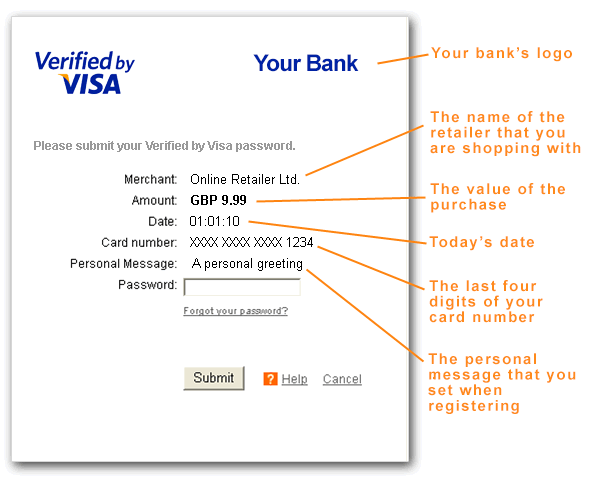In the realm of cybersecurity, the term “US dumps” refers to a specific type of data breach that involves the unauthorized access and disclosure of sensitive information, particularly credit card data. These dumps often originate from the magnetic stripe of credit cards and can have serious implications for individuals, businesses, and financial institutions. This article aims to provide a comprehensive overview of dumps with pin, exploring their nature, impact, and measures to mitigate the risks associated with such security breaches.
What are US Dumps?
US dumps typically involve the compromise of credit card information stored on the magnetic stripe. The magnetic stripe contains essential details such as the cardholder’s name, credit card number, expiration date, and other authentication data. Cybercriminals use various techniques, including malware, skimming devices, or hacking into databases, to extract this information.
Impact on Individuals and Businesses:
The consequences of US dumps can be severe for both individuals and businesses. For individuals, the compromised data can lead to unauthorized transactions, identity theft, and financial losses. On the business side, companies can face reputational damage, legal repercussions, and financial liabilities resulting from fraudulent activities carried out using the stolen information.
Mitigating Risks Associated with US Dumps:
- Encryption and Tokenization: Implementing strong encryption and tokenization methods can safeguard sensitive data by replacing it with unique tokens or codes. This makes it more challenging for cybercriminals to decipher and misuse the information even if they gain unauthorized access.
- Regular Security Audits: Conducting routine security audits and assessments can help identify vulnerabilities in systems and networks. By regularly testing and updating security measures, businesses can stay ahead of potential threats and strengthen their defense against data breaches.
- Multi-Factor Authentication: Implementing multi-factor authentication adds an extra layer of security by requiring users to provide multiple forms of identification before accessing sensitive information. This can significantly reduce the risk of unauthorized access.
- Employee Training: Educating employees about cybersecurity best practices is crucial. Human error is often a significant factor in data breaches, so providing training on how to recognize and avoid phishing attempts, social engineering, and other common tactics used by cybercriminals is essential.
- Collaboration and Information Sharing: Engaging in collaborative efforts within industries and sharing information about emerging threats can help create a more robust defense against cyber threats. Information-sharing platforms can enable organizations to stay informed about the latest tactics used by cybercriminals.
Conclusion:
As technology continues to advance, the threat landscape evolves as well. Understanding and addressing the risks associated with US dumps is vital for individuals, businesses, and financial institutions. By adopting proactive cybersecurity measures, staying informed about emerging threats, and fostering collaboration within the industry, we can collectively work towards creating a more secure digital environment.




